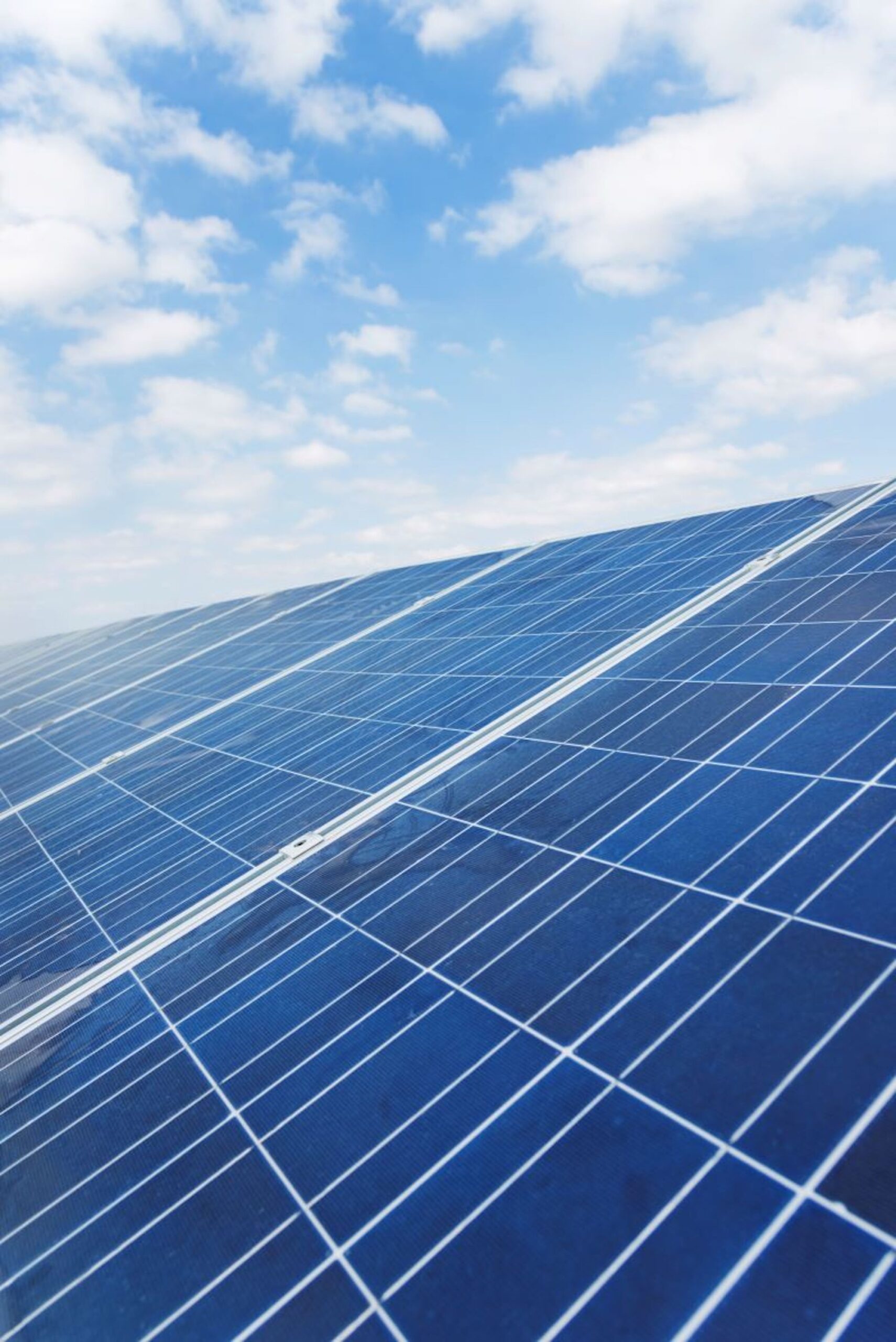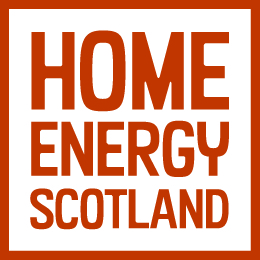Battery storage
Battery storage for renewable energy lets you save the electricity generated by your solar panels or wind turbine for when you need it.

A battery energy storage system lets you store the electricity generated by your solar panels or wind turbine.
A battery is a great way to ensure you’re making the most of your free electricity, rather than exporting it to the electricity grid.
What is battery storage?
A battery lets us store energy until it’s needed. This can be really useful in homes with solar panels or a wind turbine. That’s because battery storage lets you access electricity when you need it, instead of being limited to the times when your renewable system is generating power.
For example, solar panels generate most electricity during daylight hours. Any electric appliances you use during the day, such as your TV or washing machine, will use this electricity to run. However, if the solar panels produce more electricity than your appliances use, then this extra electricity goes to the electricity grid.
Similarly, on a windy night, a wind turbine generates a lot of electricity. However, if no-one is awake to use it, then this electricity goes to the grid.
In homes with battery storage, if more electricity is generated than is used, then the spare power charges the battery. You can then use this battery to power your appliances when your renewables aren’t producing electricity.
How does battery storage for energy work?
- Solar panels or a wind turbine generates electricity
- An automatic power controller (diverter) sends excess electricity to the battery for energy storage
- The electricity charges the battery
- An inverter makes the electricity ready for use with your appliances. It does this by converting the electricity from DC (direct current) to AC (alternating current)
Automatic power controllers
An automatic power controller works out how to get the best out of the energy that comes from your solar panels or wind turbine.
To do this, the automatic power controller has to:
- Supply the maximum amount of renewable energy to your home
- Limit the amount of electricity your home is buying from the grid.
The automatic power controller tracks how much energy comes from your solar panels or turbine, plus the energy your home is using.
Battery storage considerations
When choosing battery storage, you’ll need to decide:
- What type of battery to install
- Which type of system (AC or DC) to install
Types of batteries for energy storage
There are two main types of renewable energy batteries for solar panels and wind turbines: lead-acid and lithium-ion. The main differences come down to cost and environmental impact.
Lead-acid batteries are an older style of battery. They can store less energy and don’t last as long as newer kinds of battery. Most have a lifetime of between 700 and 1000 charging cycles.
The main benefit of lead-acid batteries is their cost. Lead-acid batteries typically cost £2,000-£4,500, depending on their capacity. This is around half the price of a lithium-ion battery of the same capacity.
Although the initial cost of a lead-acid battery is relatively low, it needs replacing more often than a lithium-ion battery. The average lifetime of a lead-acid battery is five years.
As the name suggests, lead-acid batteries contain lead, which is a toxic material. At the end of its life, your battery must be carefully and properly disposed of.
Lithium-ion batteries are a newer kind of battery, developed in the late 1980s. They are lighter and smaller than lead-acid batteries.
The higher initial cost of a lithium-ion battery is balanced by its longer lifetime. Lithium-ion batteries should last for around 4000 charging cycles. This means the lifetime of your lithium-ion battery should be around 10 years.
Lithium-ion batteries contain less toxic elements than lead-acid batteries, but they should still be handled and disposed of properly.
DC systems and AC systems
A battery is linked to your solar panels or wind turbine by either AC (alternating current) or DC (direct current) coupling.
The electricity generated by your renewables is DC. To use this in the home, it needs to be converted to AC. To charge the battery, the current has to be DC.
The main difference between AC and DC systems is the number of times electricity is converted from one type of current to the other.
A DC coupled battery links directly to your solar panels or wind turbine. Before it can be used in the home or exported to the grid, the electricity from the battery passes through an inverter. This converts it from DC to AC.
An AC coupled battery doesn’t link directly to your solar panels or wind turbine. An inverter converts the electricity generated by your renewables into AC current. This becomes part of your mains electricity. If it isn’t used, the electricity is converted back into DC. It then goes into your battery for energy storage.
Battery storage cost and funding
Battery energy storage system cost
A battery storage system usually costs £5,000 – £8,000. It’s best to get a quote from at least three installers, as installation costs can vary.
Battery energy storage system funding
As far as we are aware, there is currently no grant funding in Scotland for battery storage. However, we’ll keep an eye out and update this page if the government announces new funding.
Register your interest in EcoCosi from Changeworks
Find out more about how our home retrofit service can help make your home warmer and more comfortable, as well as lower your energy bills.

Changeworks delivers Home Energy Scotland in the south east and Highlands and Islands on behalf of the Scottish Government and Energy Saving Trust.
As well as providing free, impartial expert advice to thousands of people every month to help them to keep warm in their homes for less, they identify funding opportunities for households seeking to install energy efficiency measures.
For more information, give Home Energy Scotland a call on 0808 808 2282 or email and the team will be happy to help you.
Useful pages
Is this page useful?